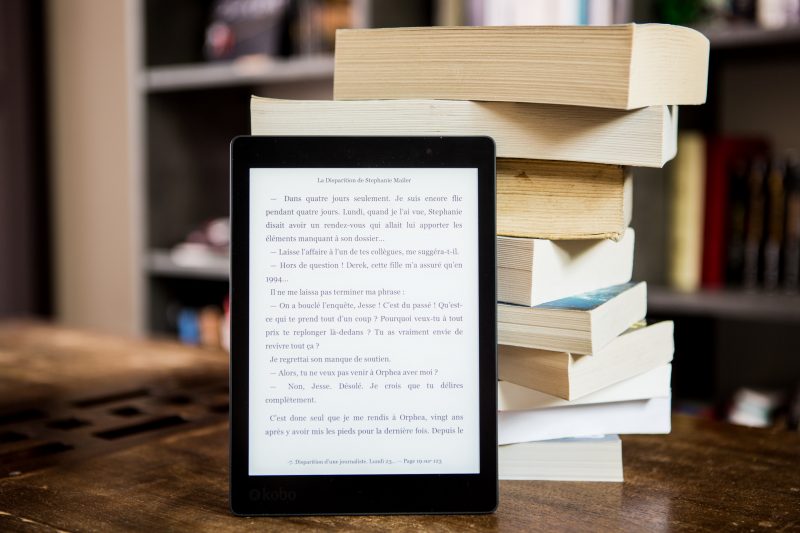Makes Sense, However Why Would Anybody Else Need One?
 Let's get our definitions straight here, people: Unlike the iPad, the Kindle Fire or the Nook, Wacom tablets are not your common tablet PCs. Nor do they strive to be -- they're graphics tablets (also referred to as pen tablets), devices typically used within the graphic design business or by digital artists that allow a person to attract by hand, capturing a picture or graphic in digital type. The knowledge is displayed on the monitor of a linked Pc or Mac. Sounds just a little sophisticated, however think about this: You're working at your computer when the fancy strikes you to doodle a picture of a cartoon rooster eating broccoli. You employ the pen and paper subsequent to you. After sitting there for a day or so, it's absent-mindedly put in the trash, only to decompose slowly in a landfill, your creative genius by no means recognized. Wacom tablets, which comprise many alternative models that we'll element in this text, are designed so you possibly can digitally doodle straight into your laptop (amongst far more necessary duties).
Let's get our definitions straight here, people: Unlike the iPad, the Kindle Fire or the Nook, Wacom tablets are not your common tablet PCs. Nor do they strive to be -- they're graphics tablets (also referred to as pen tablets), devices typically used within the graphic design business or by digital artists that allow a person to attract by hand, capturing a picture or graphic in digital type. The knowledge is displayed on the monitor of a linked Pc or Mac. Sounds just a little sophisticated, however think about this: You're working at your computer when the fancy strikes you to doodle a picture of a cartoon rooster eating broccoli. You employ the pen and paper subsequent to you. After sitting there for a day or so, it's absent-mindedly put in the trash, only to decompose slowly in a landfill, your creative genius by no means recognized. Wacom tablets, which comprise many alternative models that we'll element in this text, are designed so you possibly can digitally doodle straight into your laptop (amongst far more necessary duties).
 This data was gener at ed with the help of G SA Content G enerator DEMO .
This data was gener at ed with the help of G SA Content G enerator DEMO .

Basically, they're the technological mating of a pc mouse with a pencil and a computer monitor with a faculty-ruled notebook. Not an ideal analogy. But graphic designers, artists, illustrators and many other hobbyists and professionals need a machine that permits their hand-drawn work to be digitized or their digital picture to be manipulated with an old school hand. The expertise powering Wacom tablets supplies a few benefits over click on-and-level navigation. The pen, or stylus, that comes with the tablets can talk rather more effectively. Its strain-delicate system will let you identify issues like how thick or Free Ebooks skinny a line must be, and it may well instantly capture handwritten notations. The tablet communicates with the pen, plotting its location in microseconds as it makes your changes on display. Graphic designers may profit from the convenience of turning concepts into digital reality. A photographer may like to be able to manipulate an image by hand more rigorously. And just about everybody thinks it is cool to have their hand-written notes or doodles seem on their laptop within the time it takes to place pen to paper. This data has been gen erat ed with G SA Content G enerat or DE MO!

Unlike an iPad-like pill, Wacom offers several different lines and fashions. Let's first take a look on the know-how and hardware that's frequent to the entire tablets to know exactly how a Wacom pill functions. We actually have to begin with the pen; Wacom refers to the pen's system as Penabled Technology. Sure, it appears like a daily pen however inside lurks a digital chip, a modulator and a transmitter. All of those parts work in a complicated manner, but we can break it down: The tip of the pen tells the tablet what to do. And it's finished with magnets! Well, not precisely. The sensor board of the pill has a magnetic area, and the pen produces its own magnetic subject -- and vitality -- from it. That's why no batteries or energy adapter is required. From that, it can observe the pen's location, pressure and pace. The sensor board itself is made up of quite a lot of little antenna coils, however it additionally has a control board that displays the coils to find out the place the current is (i.e., the place the pen is).
And that is what tells your computer that you want to add a moustache to the image of your sister that you are photoshopping. Wacom calls this patented expertise EMR, or electromagnetic resonance know-how. It's a bit totally different if an LCD display is used, which is the case with the Cintiq line of tablets. In that case, backlighting or a element that provides off its own area may disrupt the pen's magnetic area. As such, all metallic or problem parts must be tightly shielded to block out the field. The steel frame across the LCD screen -- which undoubtedly impacts magnetic fields -- is accounted for within the management board, which acknowledges a "weak" sign from the pen and corrects it so it follows a predictive course. All of the tablets fall under three lines, each of which has distinct features that enchantment to specific audiences. First, we'll have a look at two lines of tablets that Wacom advertises as most acceptable for "artistic professionals." These are the tablets for folks who've a stronger background in digital art or graphics and wish to make use of a tablet for work, as opposed to pastime.
The Intuos5 comes in small (12.5 inches, or 31.7 centimeters), medium (15 inches, or 31.1 centimeters) and huge (19 inches, or 48.2 centimeters) and ranges in worth from $229 to $469. The Intuos is multi-contact succesful, which implies you'll be able to navigate along with your fingers and you may touch a key that may simply show your tablet settings on your laptop display. With customized ExpressKeys (buttons at the bottom of the pill that give "shortcuts" to functions) and applications like SketchBook Express, Wacom touts the Intuos line as a superb option for Ebooks (www.amazon.com) knowledgeable working in design. Another pill that is geared toward professionals is the Cintiq line. These are available a 12-inch (30.4-centimeter) mannequin, a 22-inch (55.8-centimeter) mannequin and two 24-inch (60.9-centimeter) models ($999-$3699). Setting them aside from the pack are their LCD screens, which permit you to draw, write or design directly on the display screen. It's the same expertise -- pen and all -- but with the good thing about an LCD screen.
Designed by sketchbooks.co.kr / sketchbook5 board skin
Sketchbook5, 스케치북5
Sketchbook5, 스케치북5
Sketchbook5, 스케치북5
Sketchbook5, 스케치북5